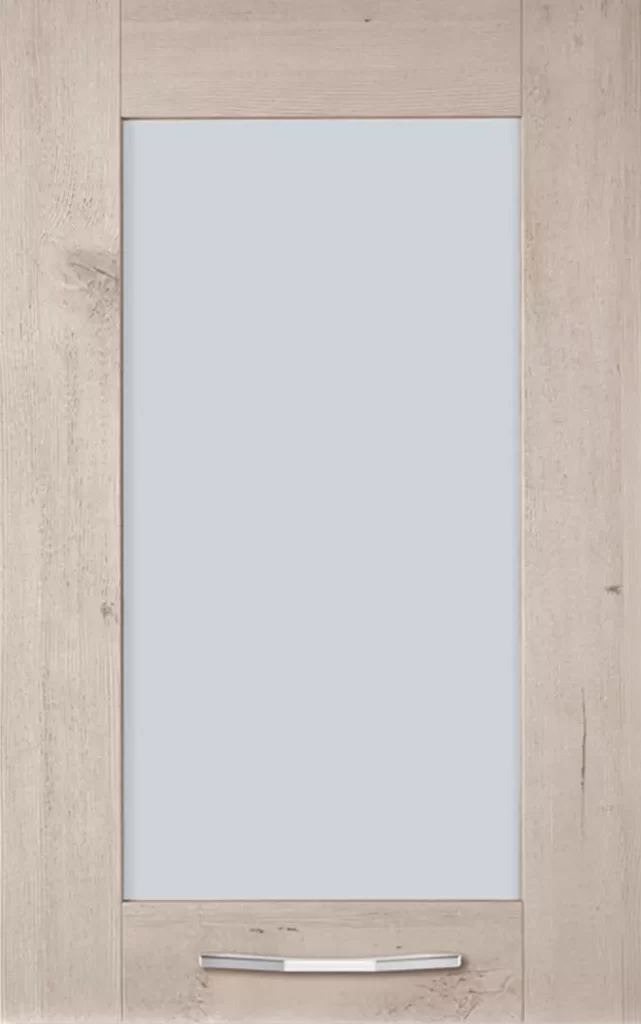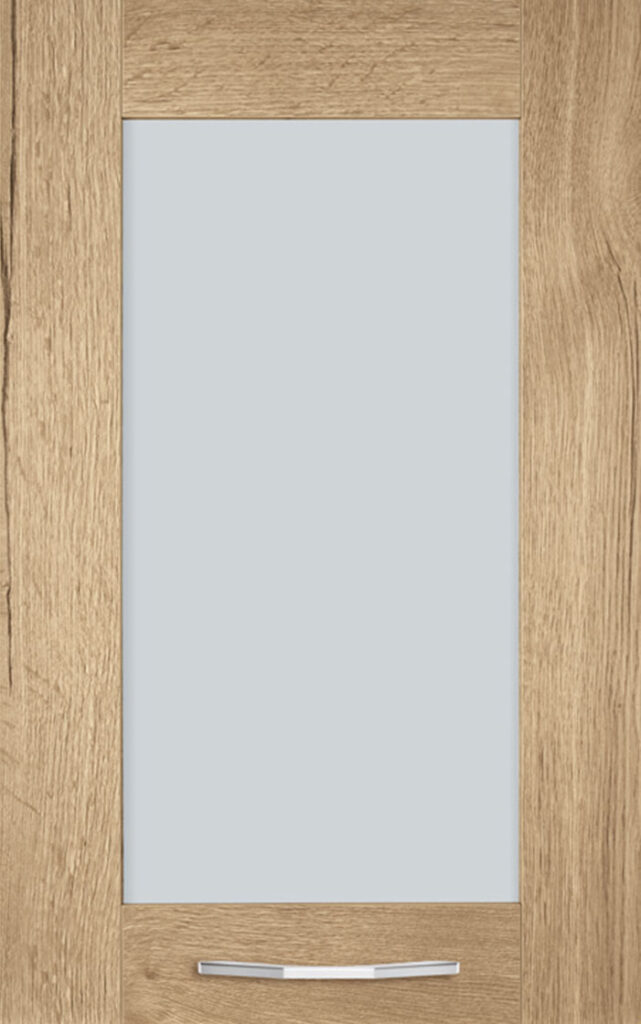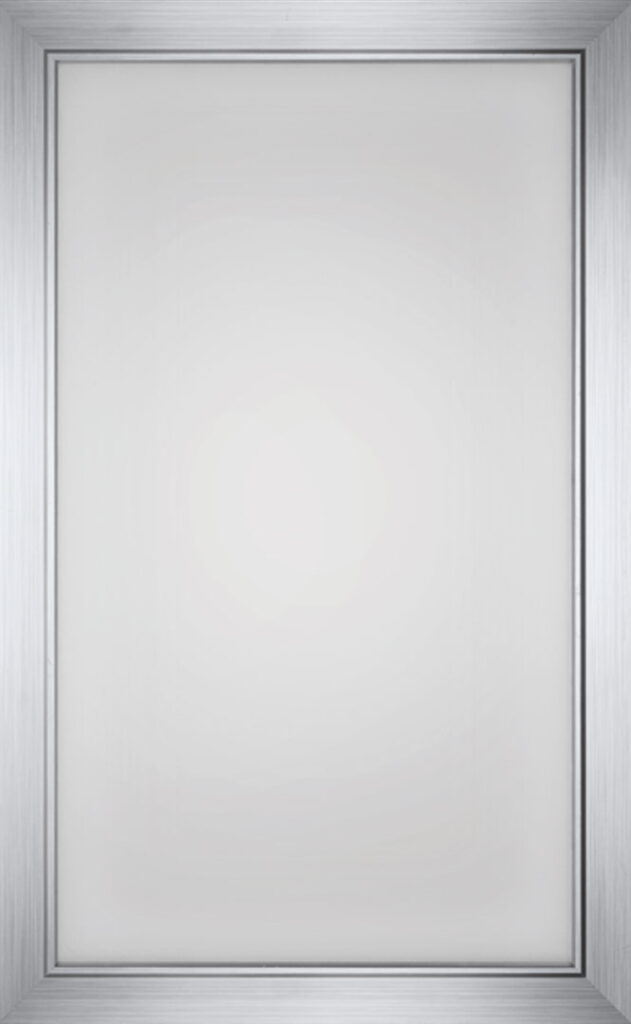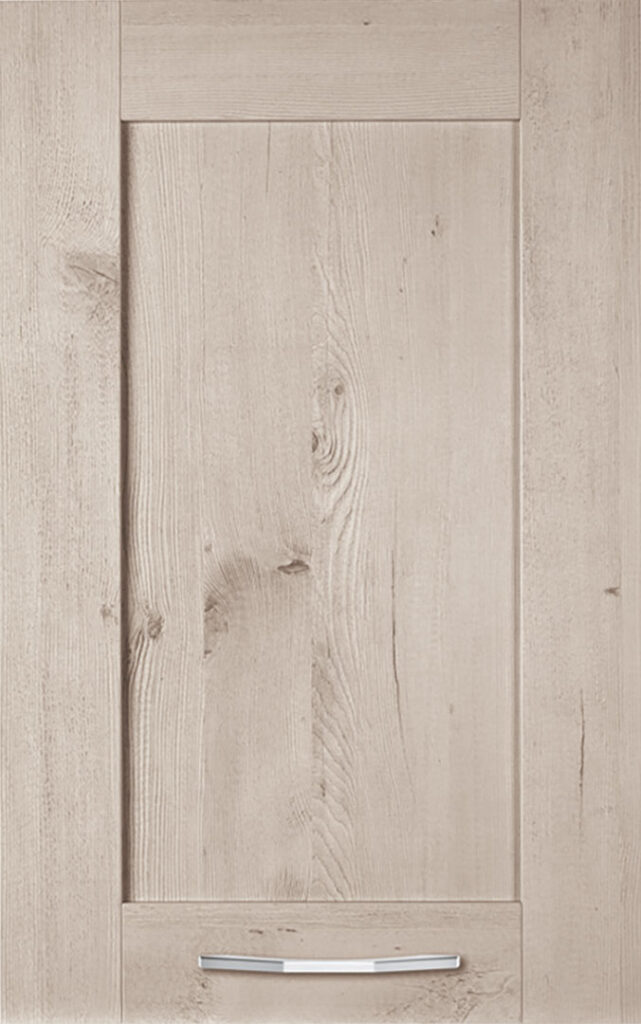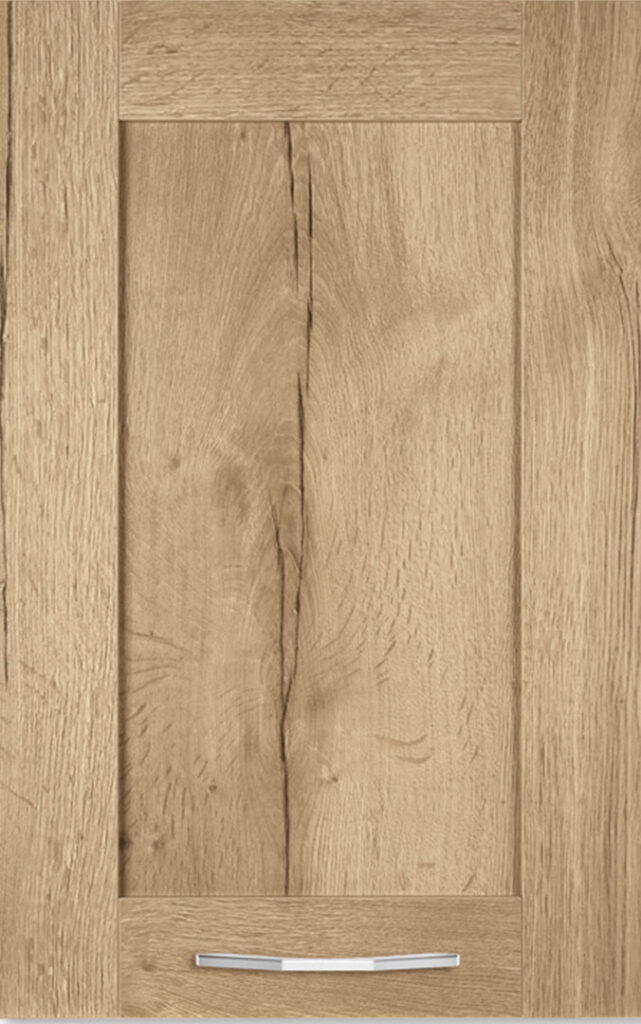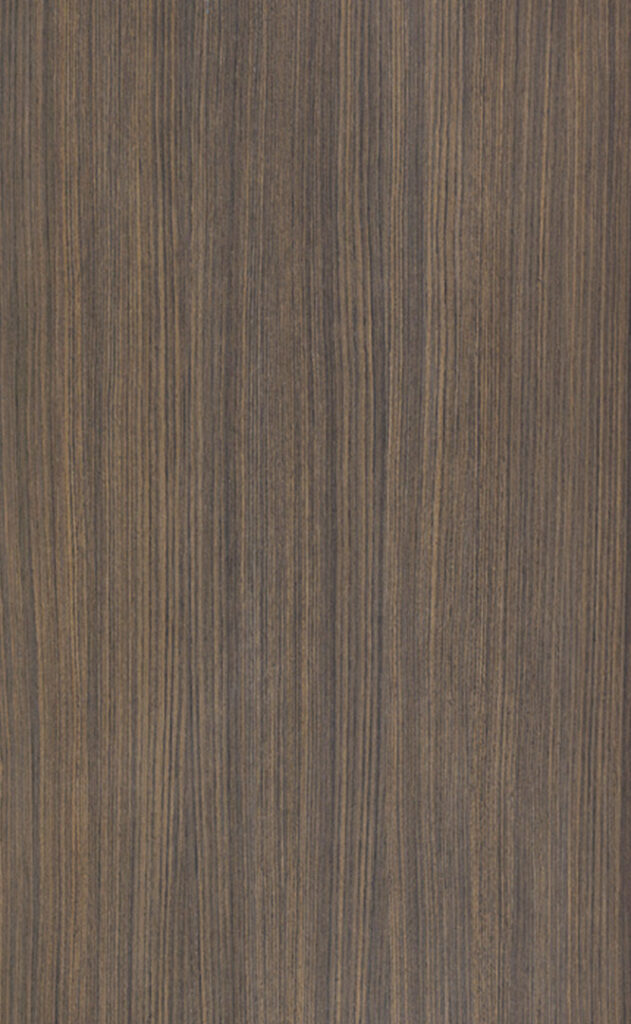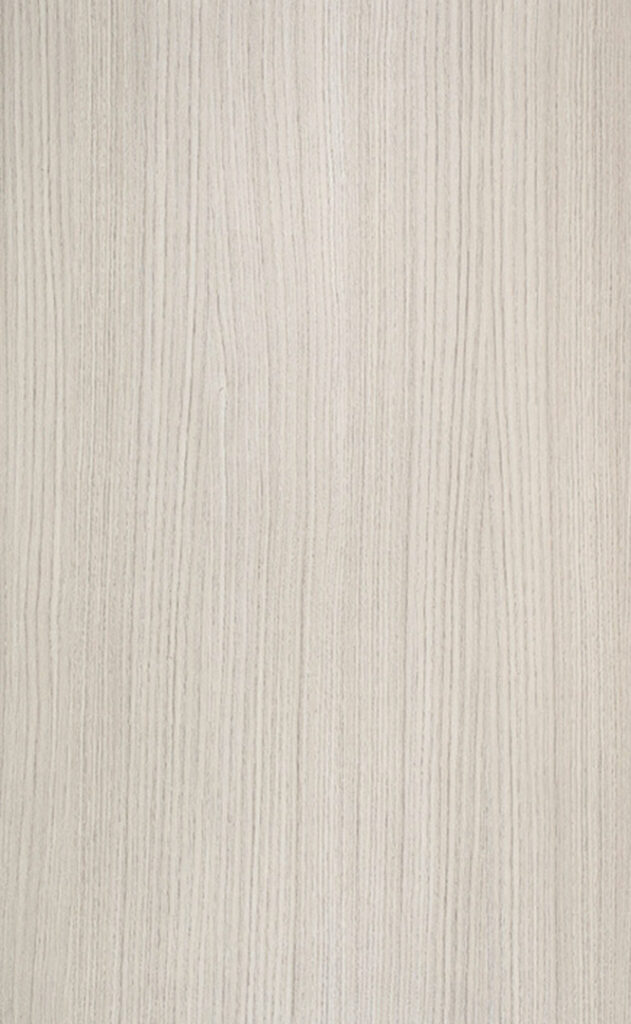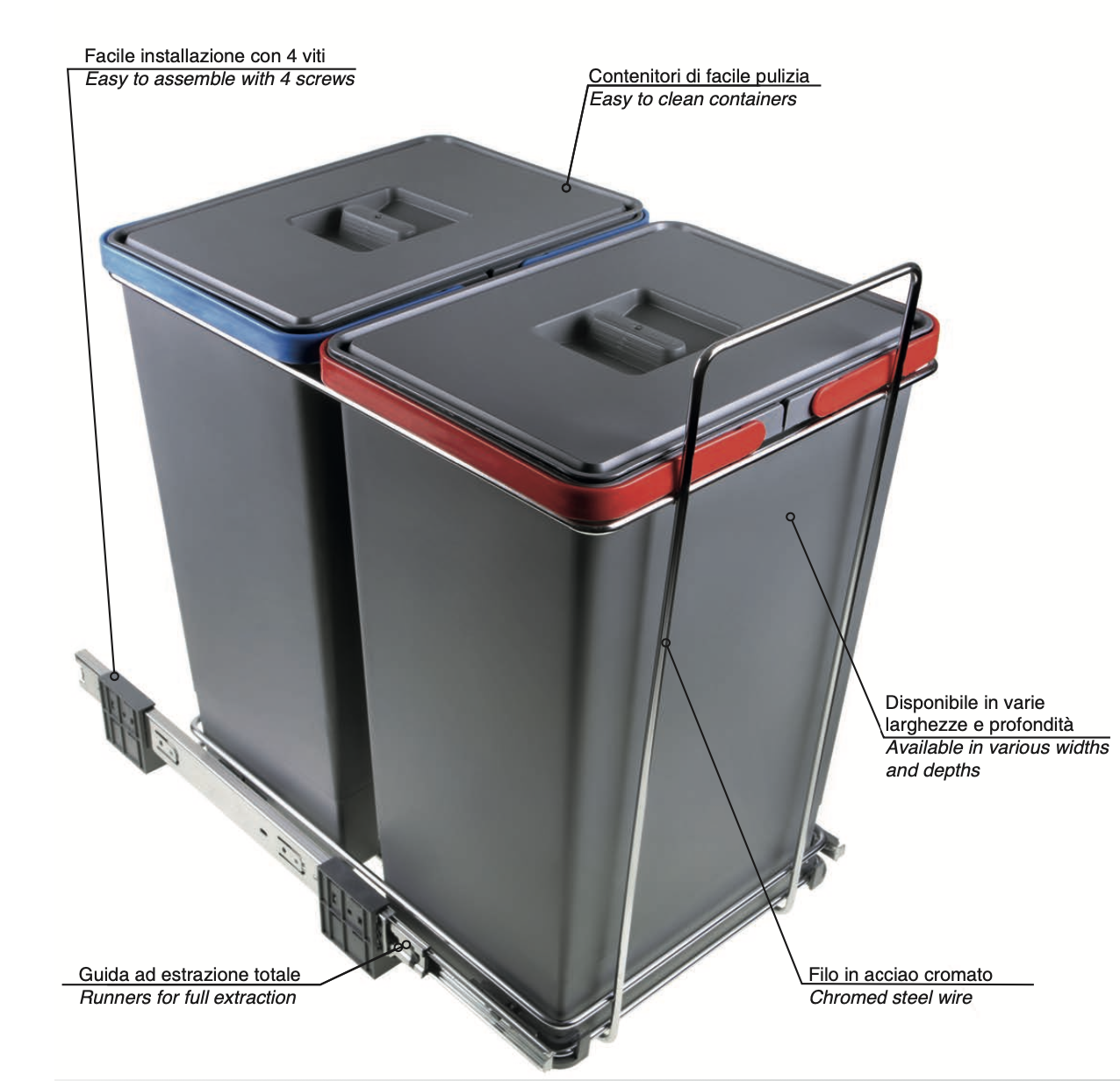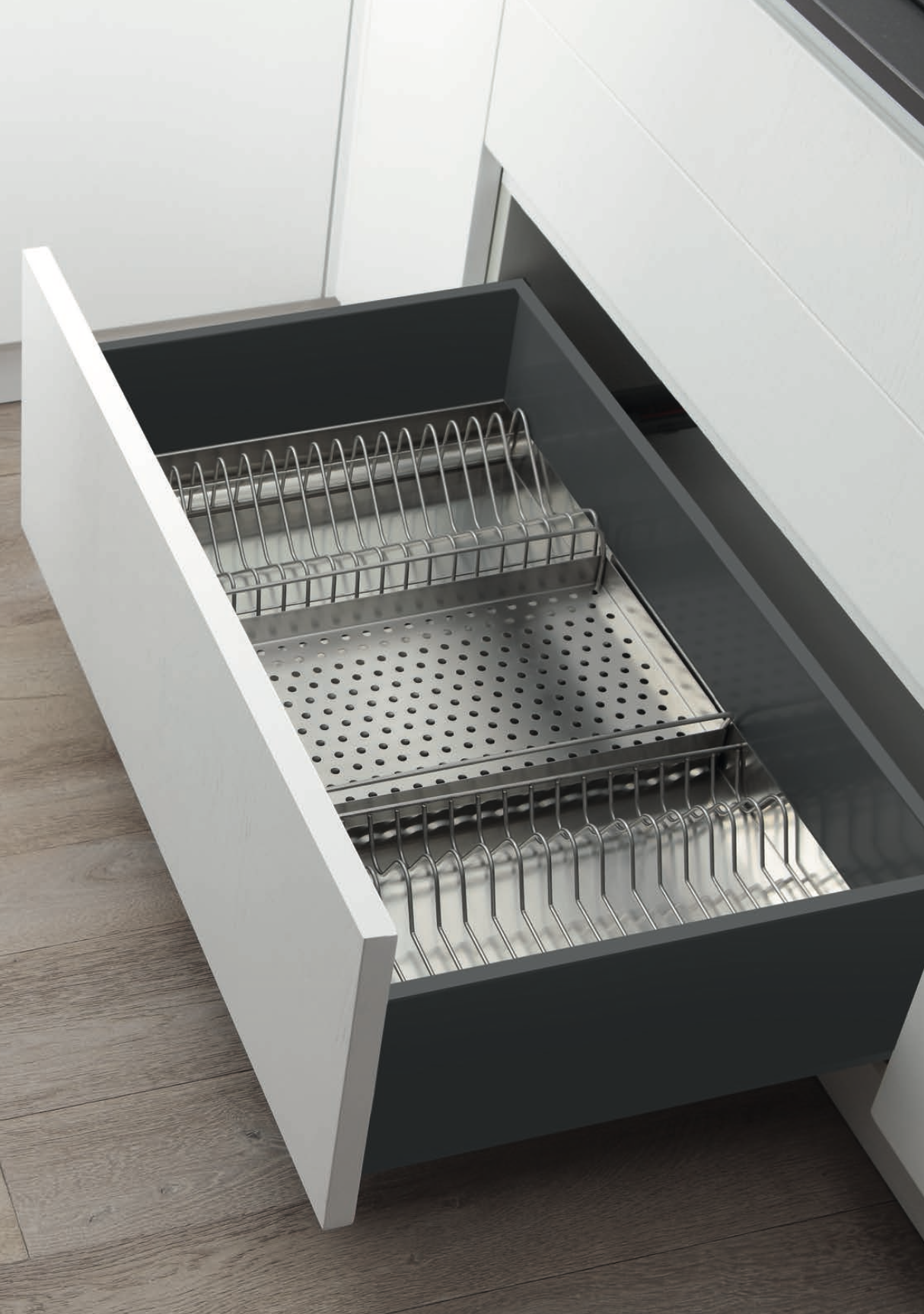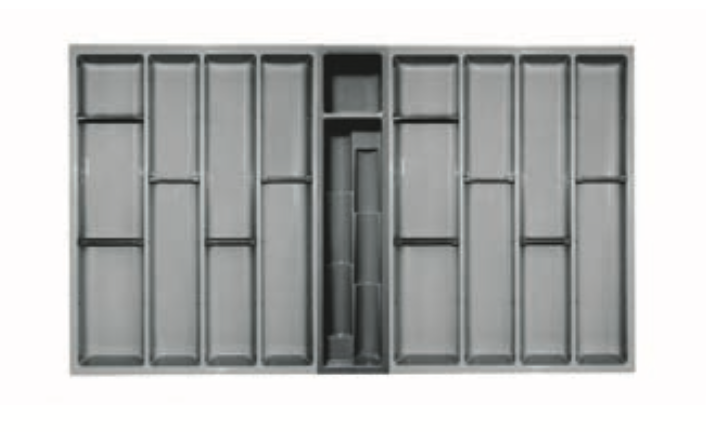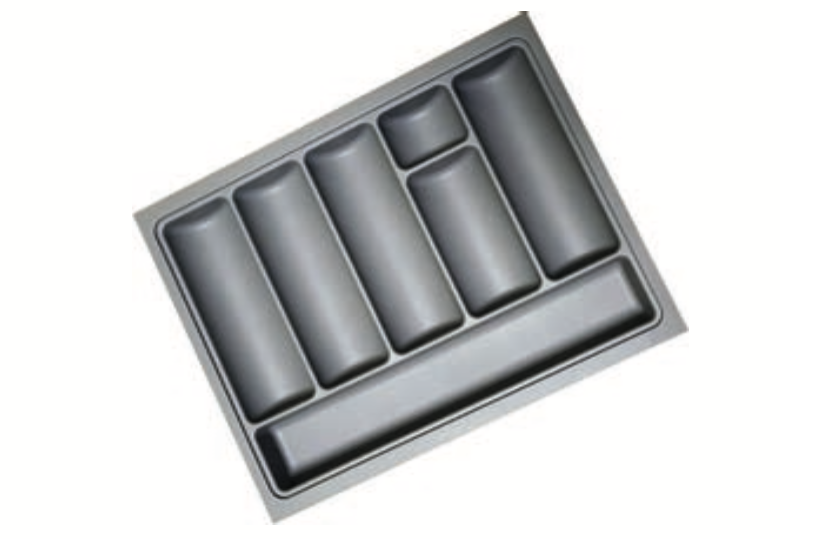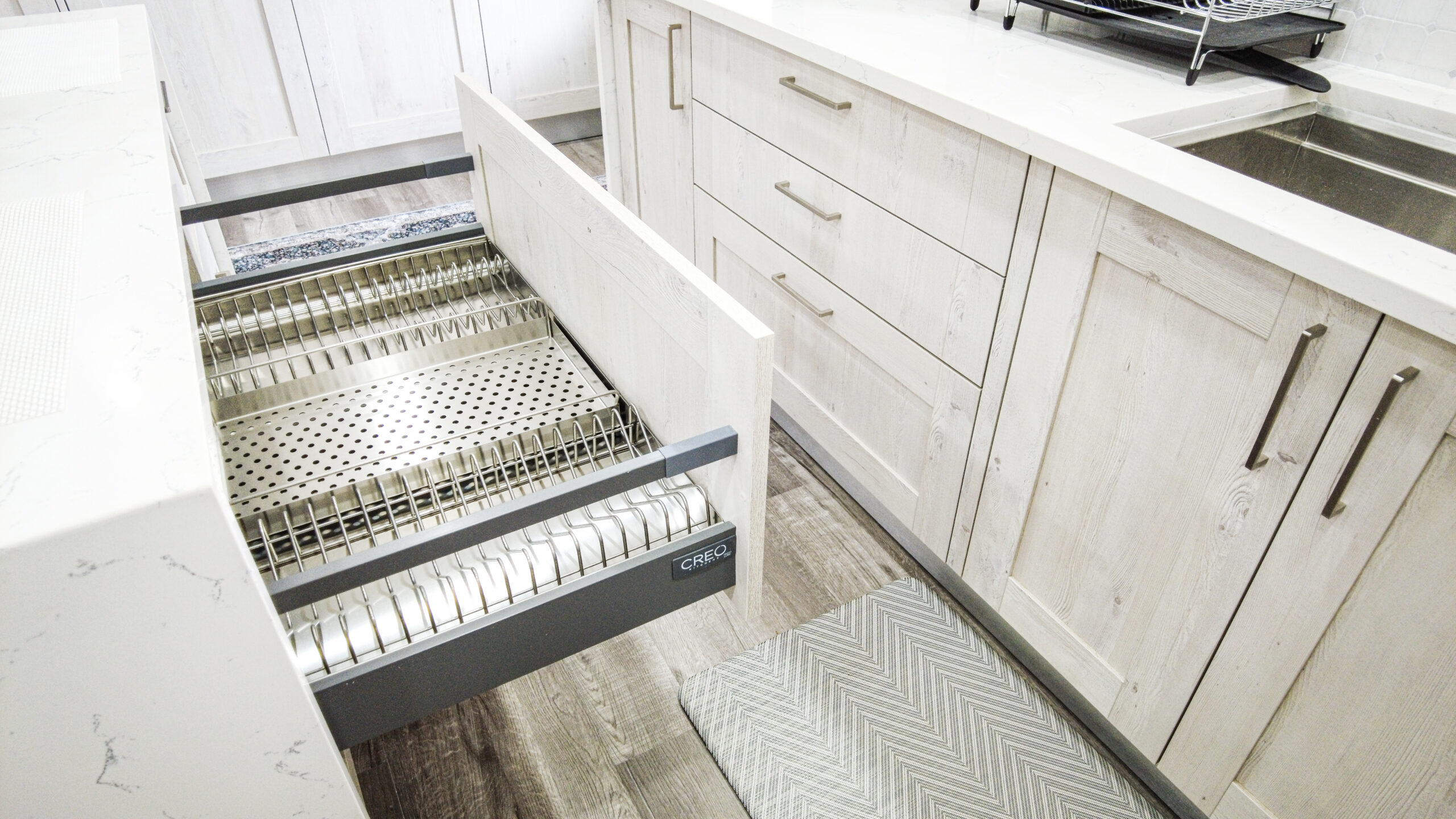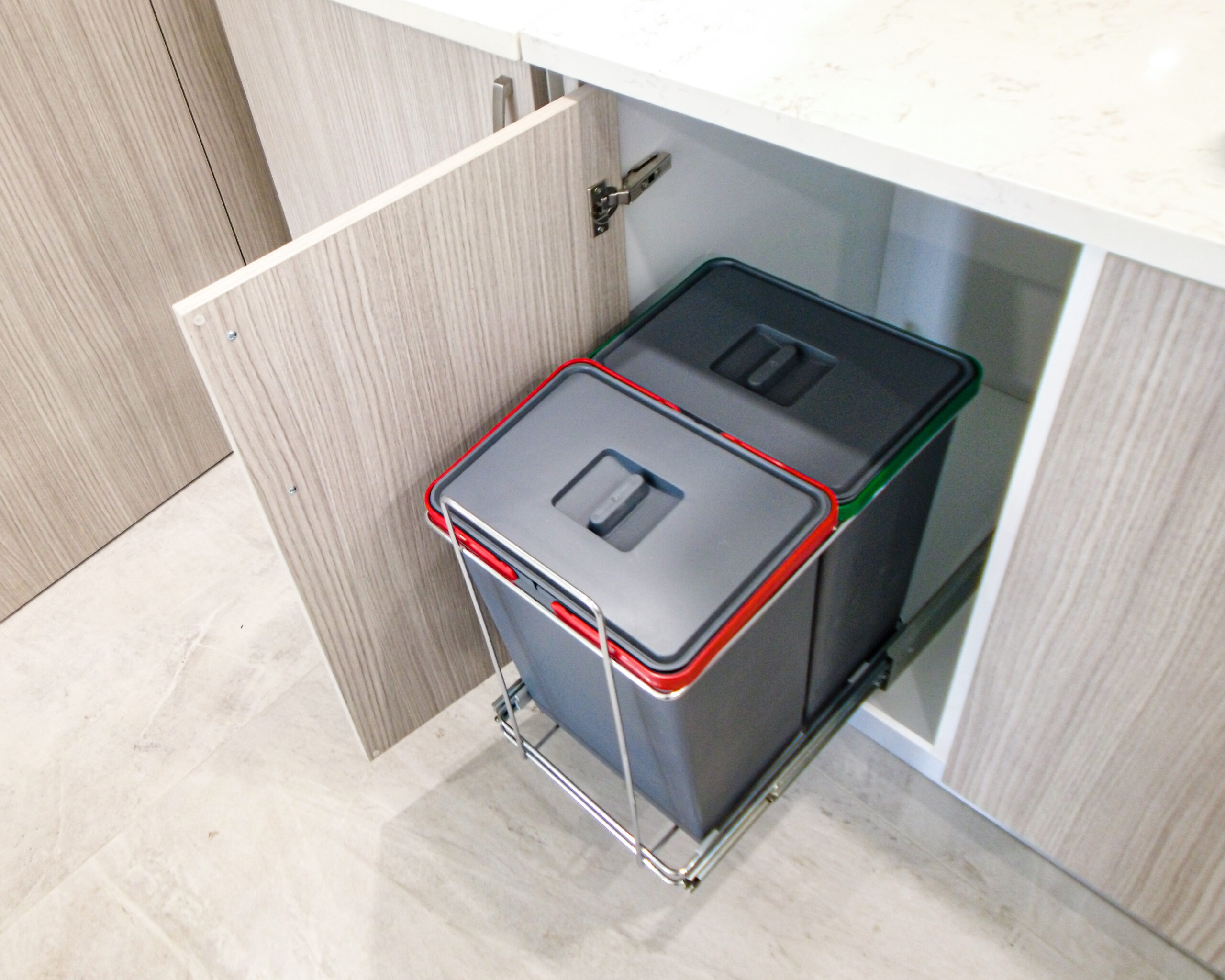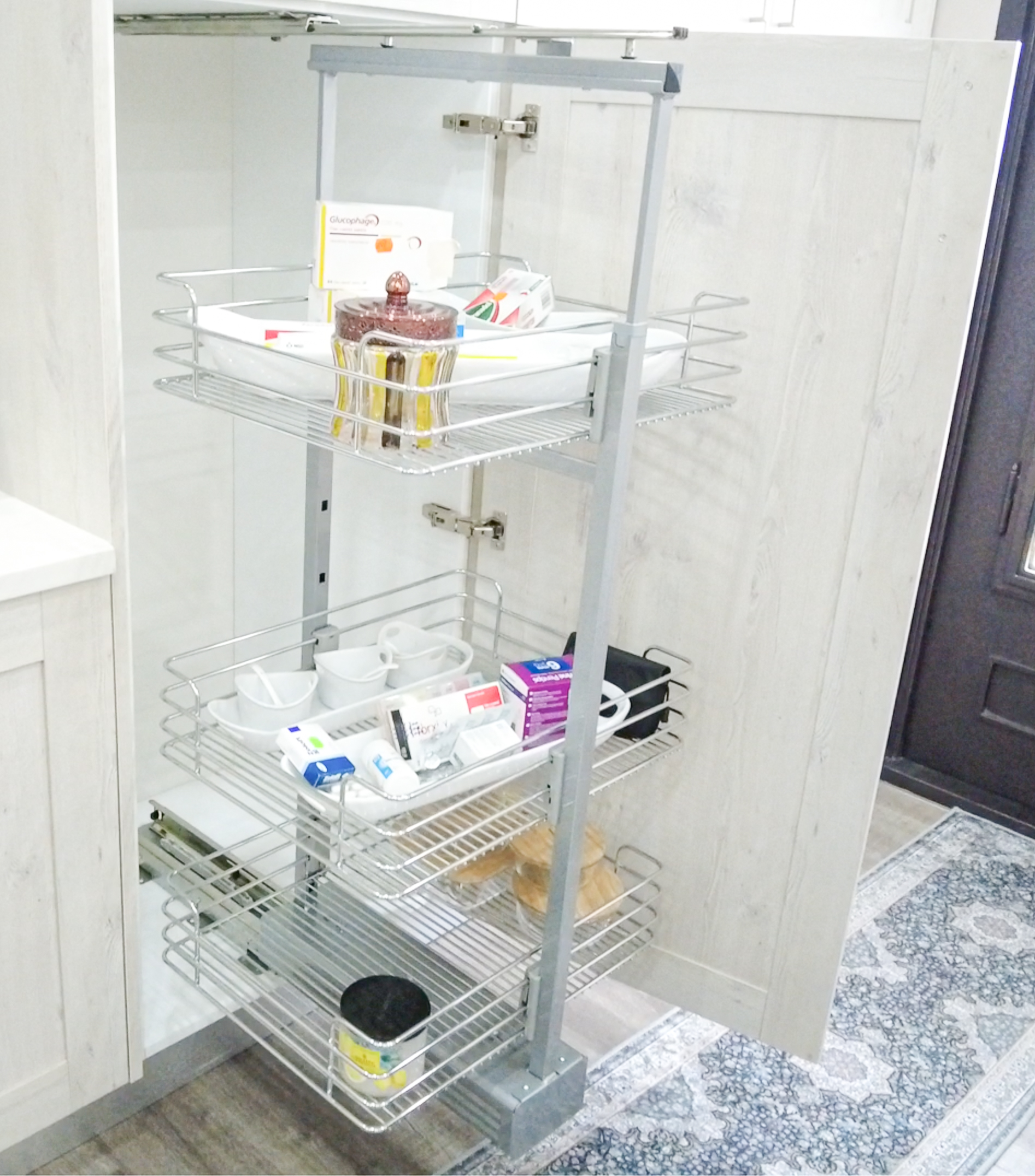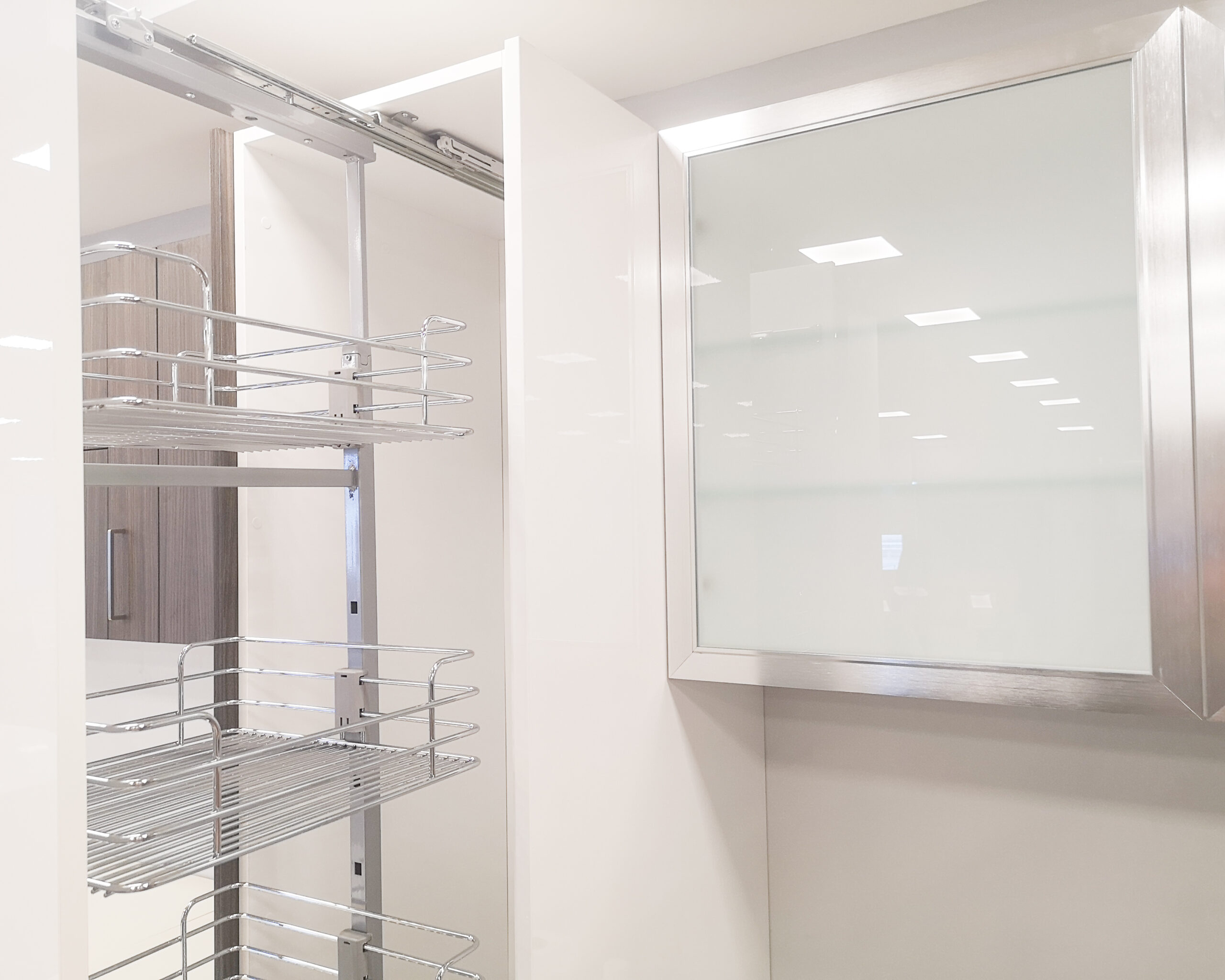The environment where the flooring is to be installed is critically important with regard to successful installation and continued performance of the flooring products. The flooring is intended to be installed in interior locations only. These interior locations must meet climatic and structural requirements as well.
Flooring material must be acclimated to the installation area for at least 24 hours prior to installation. The room temperature must be maintained consistent between 70-80°F / 20-25°C and the relative humidity should be maintained between 30-65%. Flooring should only be installed in temperature-controlled environments. It is necessary to maintain a constant temperature of 70-80°F / 20-25°C and the relative humidity should be maintained between 30-65% before and during the installation.
After installation, make sure that the flooring is not be exposed to temperatures less than 50°F / 10°C or greater than 120°F / 50°C, the relative humidity should be maintained between 30-65%. For floor surfaces exceeding 4356 sq. ft. / 400 m2 and/or lengths exceeding 66 lineal ft. / 20 m, use expansion moldings.

